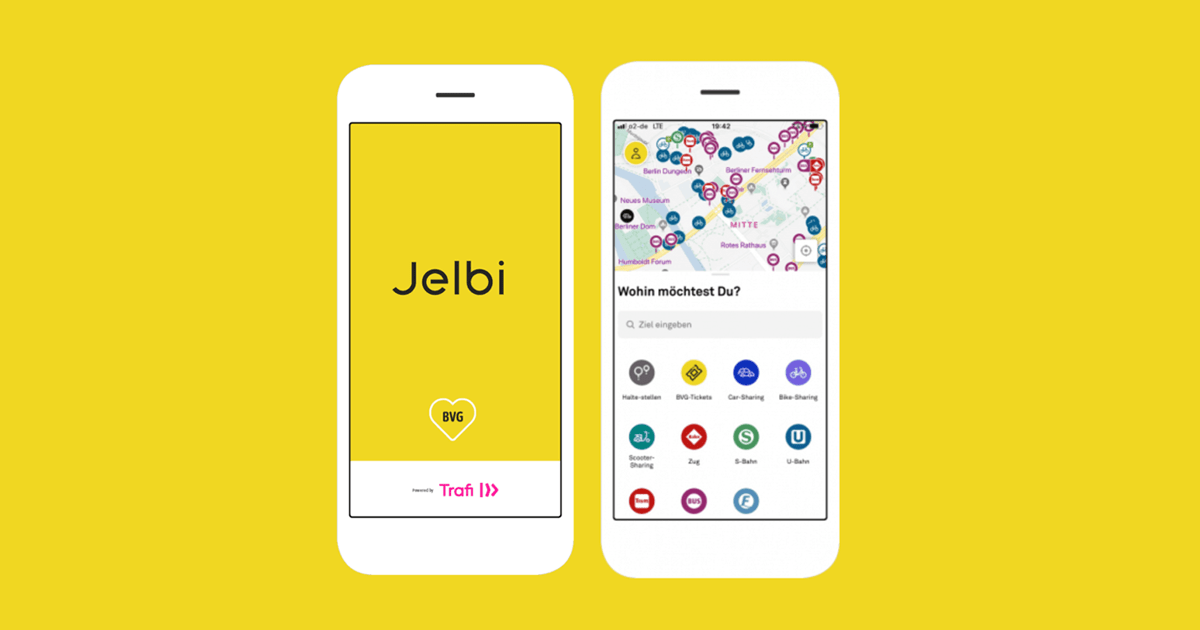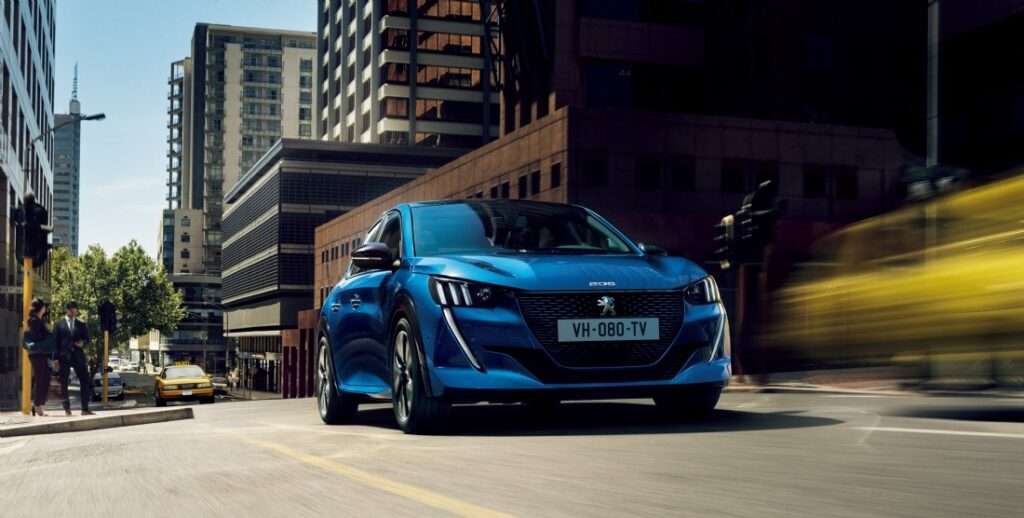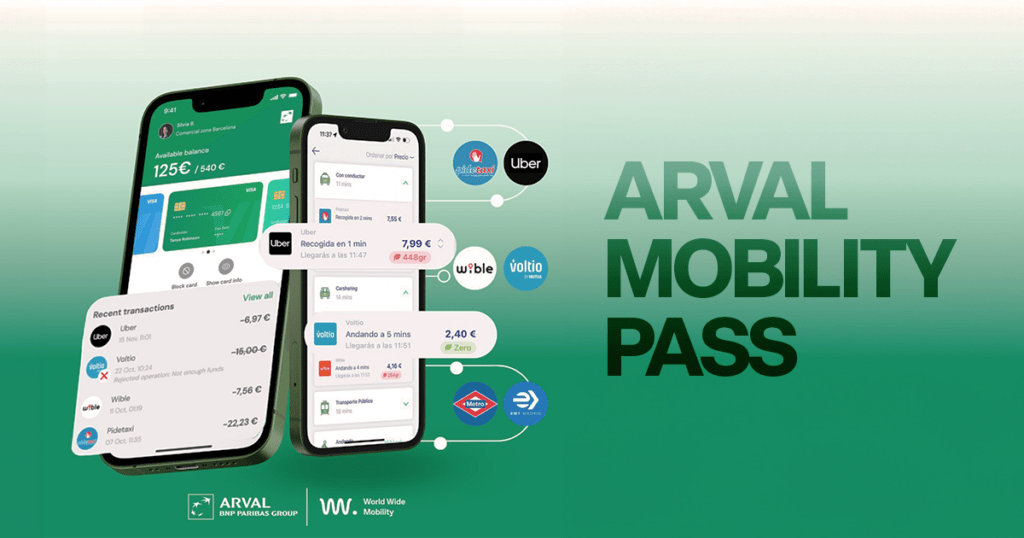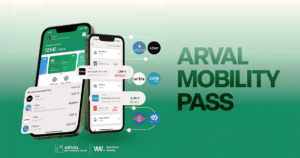Since June 2019, the MaaS app Jelbi has been delighting Berliners. Launched by the Transportation Authority, Berliner Verkehrsbetriebe (BVG), it was developed in cooperation with the Lithuanian startup Trafi. Used by more than 60,000 Berliners in the first year, Jelbi now covers a wide range of transportation modes. All from a single platform.
Indeed, this platform integrates “multimodality”. A first experience allowing the reservation of a single mode of transportation among several alternatives. Then the “intermodality”, through a trip planner for door-to-door journeys. And finally, a “ticketing” part, with direct access to the purchase of BVG tickets. Three ways of consuming mobility differently, which we will examine in depth in this article. An in-depth analysis of the UX and UI Design, based on our comparative study.

Multimodal: More than fifteen transport operators
In less than five years, Jelbi has succeeded in building a real network of mobility partners. Indeed, the user is able to book, pay and access nearly seven different modes of transportation. This is the equivalent of 8 single mode routes including :
- Public transports VBB & Berliner Verkehrsbetriebe (buses, tramways, subways and ferries).
- Bahn trains.
- E-scooters Voi, Tier Mobility, Lime & Bird.
- Bike in station and free-floating Netbike & Lime.
- Free-floating motor scooters Emmy & Tier Mobility..
- Car-sharing and free-floating vehicles Miles, Mobilieeee, DB Flinkster, Cambio and Greenwheels.
- Transport on demand BVG BerlKönig.
- And finally, Taxi Berlin.
This diversity of offer makes Jelbi one of the most successful MaaS solution references today. Indeed, they have chosen to integrate all operators in a deep way. Without any deep-link, the user is never redirected to the transport operator’s application.
With a single registration, the latter will be able to make in-app payments only. And this, regardless of the operator chosen. A positioning that may limit the integration of new operators, but which on the other hand doesn’t harm the user experience in any way.
No more switching between apps, no need for multiple apps on your smartphone – Jelbi is the only thing you need to get around Berlin.
jelbi’S WEBSITE
Governed by the so-called “integrator by transport” model, Jelbi is owned by the operator of the Berlin public transport network BVG. One of the four governance models defined by the UITP (International Association of Public Transport), allowing the MaaS solution to have public transport as its central pillar.
A positioning, far from being insignificant, knowing that public transport covers the majority of the city and is certainly the best placed to convert a maximum of users to MaaS. To learn more about the other three governance models, please consult our dossier.

An offer available from the homepage (discovery)…
Just like Whim or Moovizy, Jelbi has chosen an interactive map as the first screen, on which we can find all its offer. As a central element of the homepage, the user has access to an overview of the different mobility services in the vicinity. Only cabs and transport on demand are not displayed on the map.
On the lower half of the screen, the user has the possibility to filter by modes of transport. Namely public transport, electric scooters, bicycles, e-scooters and car-sharing services in free-floating and in station. A filtering, which as we can see in the visual below, indirectly allows to push to direct consumption.
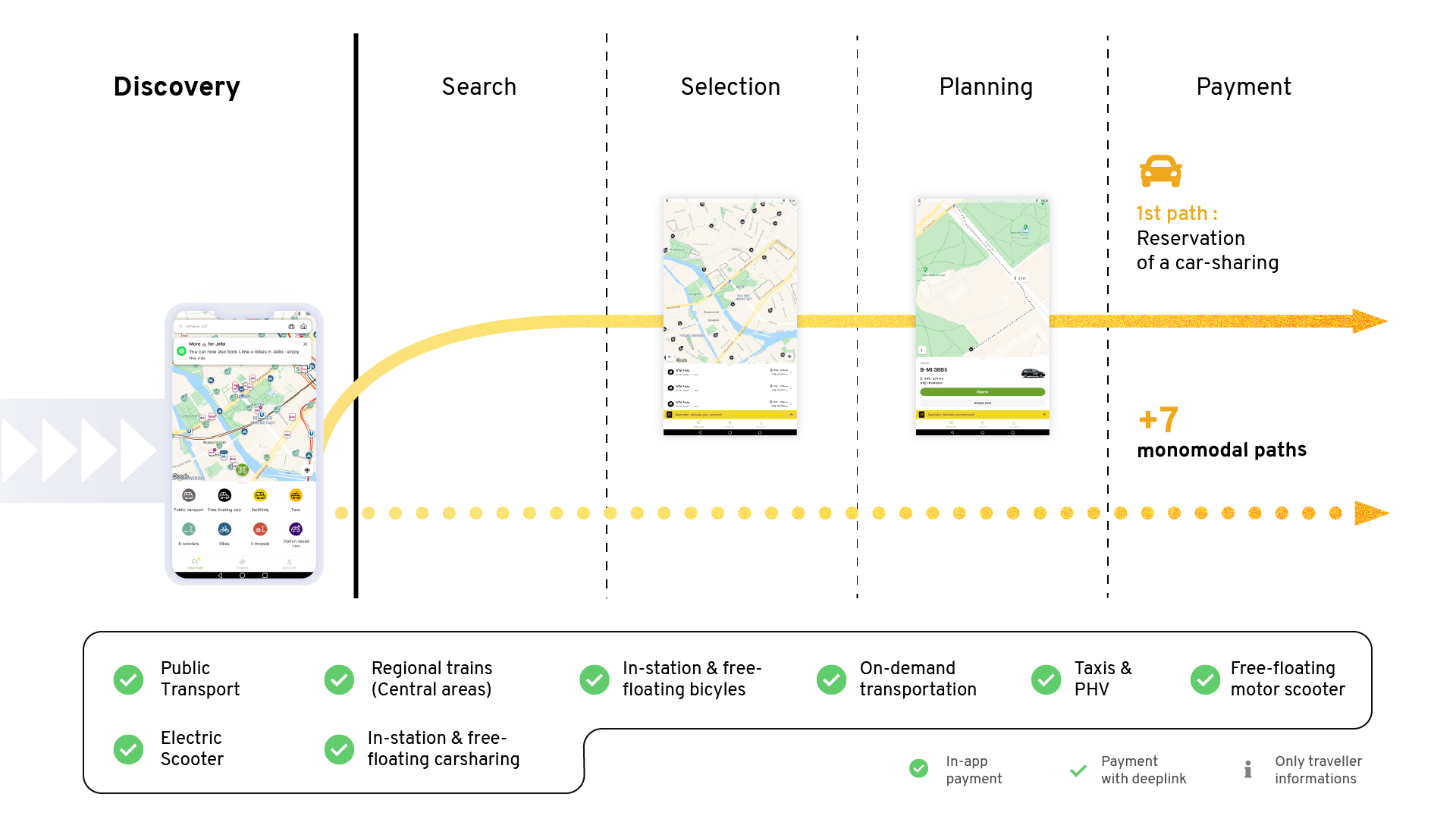
Intermodality: Trips of up to 60 km
Whether it is for immediate or future departures, Jelbi is able to calculate different routes combining three different modes of transportation : public transport, regional trains and scooters. Without any deep-link, most of these trips can be paid in full directly on the application. And that in a centralized payment. This applies in particular to intermodal trips including public transport, certain electric scooter services and trains not serving the Berlin city center.

It is also important to note that, like HVV Switch and WienMobil, Jelbi is taking this multimodal experience even further through mobility hubs. Known as Jelbi Stations, there are now referenced more than 20 points on the MaaS solution.
They are mostly located close to S-Bahn and subway stations. The most distant one is about 15 km away from the city center. These strategic locations can be used as cab stops, car rental and drop-off points. The goal: Cover the first and last kilometers. The Holy Grail for any MaaS application user. To go even further, don’t hesitate to consult our guide listing some UX and UI tips to offer a seamless intermodal journey.

Ticketing: Direct purchase of M-ticket
Like most of the MaaS solutions selected in our analysis, Jelbi is no exception to the rule of offering these users the possibility to buy transport tickets. No more need for magnetic cards or paper tickets, Jelbi becomes the precious sesame to use Berlin’s buses, subways, streetcars and ferries. ompatibility between the various terminals and media is made possible by “the cEMV standard, an international security standard for contactless payment cards issued by Apple/Google Pay”. A user path of the application that depends on the ticketing system already implemented by the public transport operator. Three basic cEMV models defined by the UK Card Association, namely :
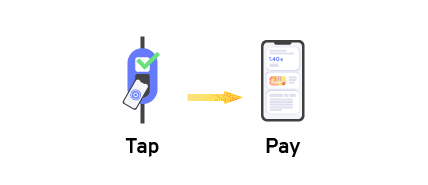
Single tap
In this first model, the user validates his support (card or smartphone) at the beginning of each new trip. No fare calculation. He will be automatically debited with a fixed amount, known in advance.
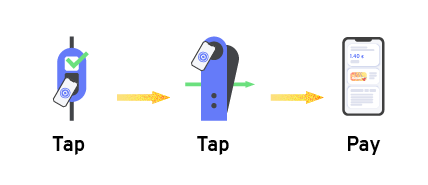
Double tap
This second model offers more flexibility in terms of pricing. Indeed, the user is billed precisely for the trip made thanks to the double-tap system at the entrance and exit of the transport network.
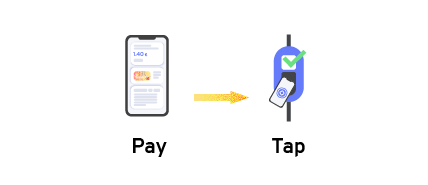
Pre-purchase
In the latter model, the user must purchase a ticket before the trip. A model that offers a wider view of the public transport or train offer.
In the case of Jelbi, it is the pre-purchase model that has been chosen. As a true digitalized ticketing solution, it offers the user the possibility to purchase all the tickets available on the BVG Tickets application. Except for monthly student tickets and the Berlin S ticket.
Among the tickets, we also find the VBB-Flex Tickets, a new flexible fare offer. It consists of 8 daily tickets, valid for 30 days after purchase. The pilot project is scheduled to end in December 2023.
It also includes the summer pass that is currently all the rage in Germany. A universal ticket, valid from July to August, at only 9 euros per month, that was launched by the German government on June 1, 2022. It gives access to all local public transport and 2nd class in regional trains throughout the country.
Overview of the HVV Switch’s user experience
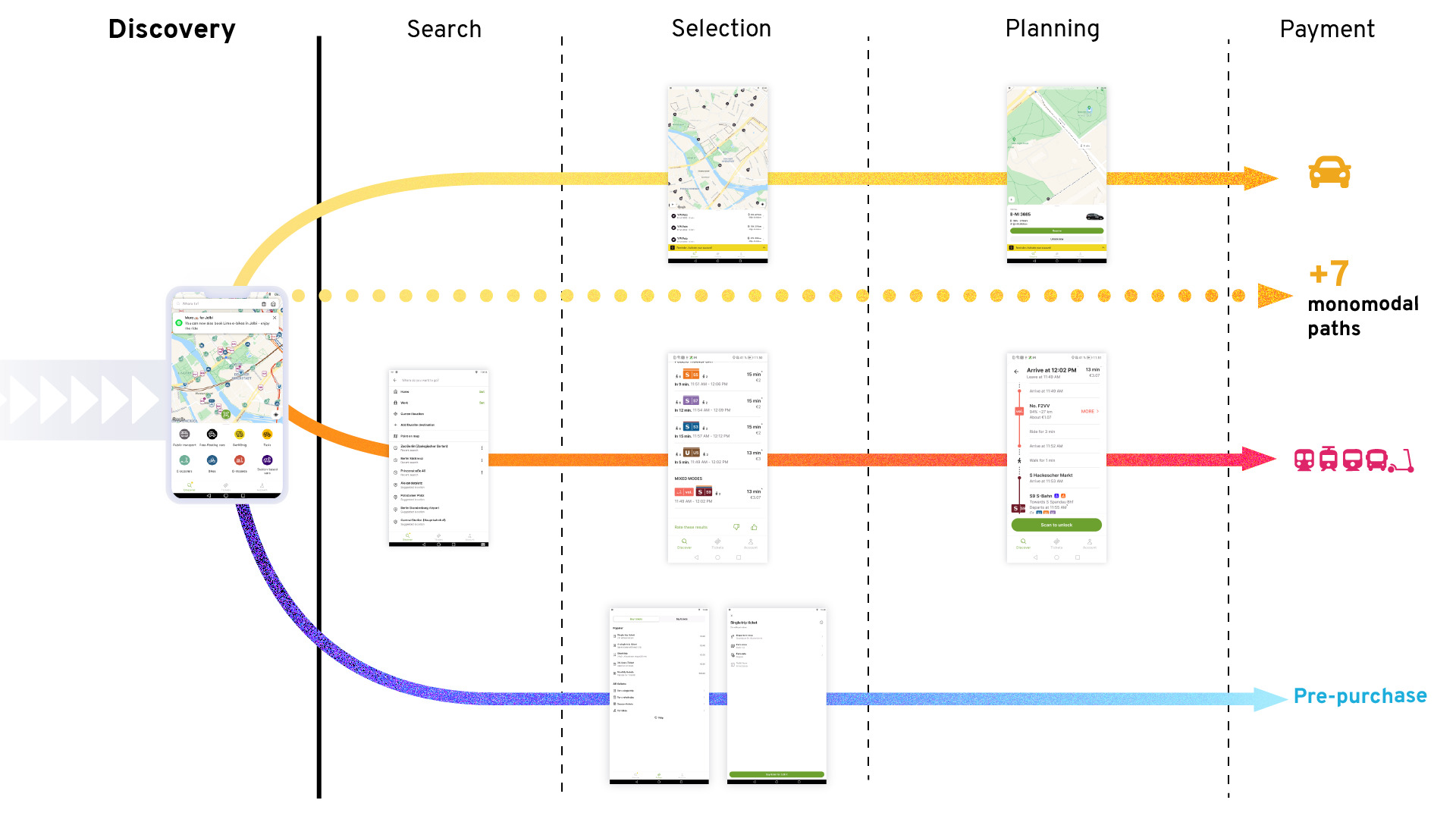
To discover the different UX approaches, don’t hesitate to consult
our complete benchmark of the 10 MaaS applications.

